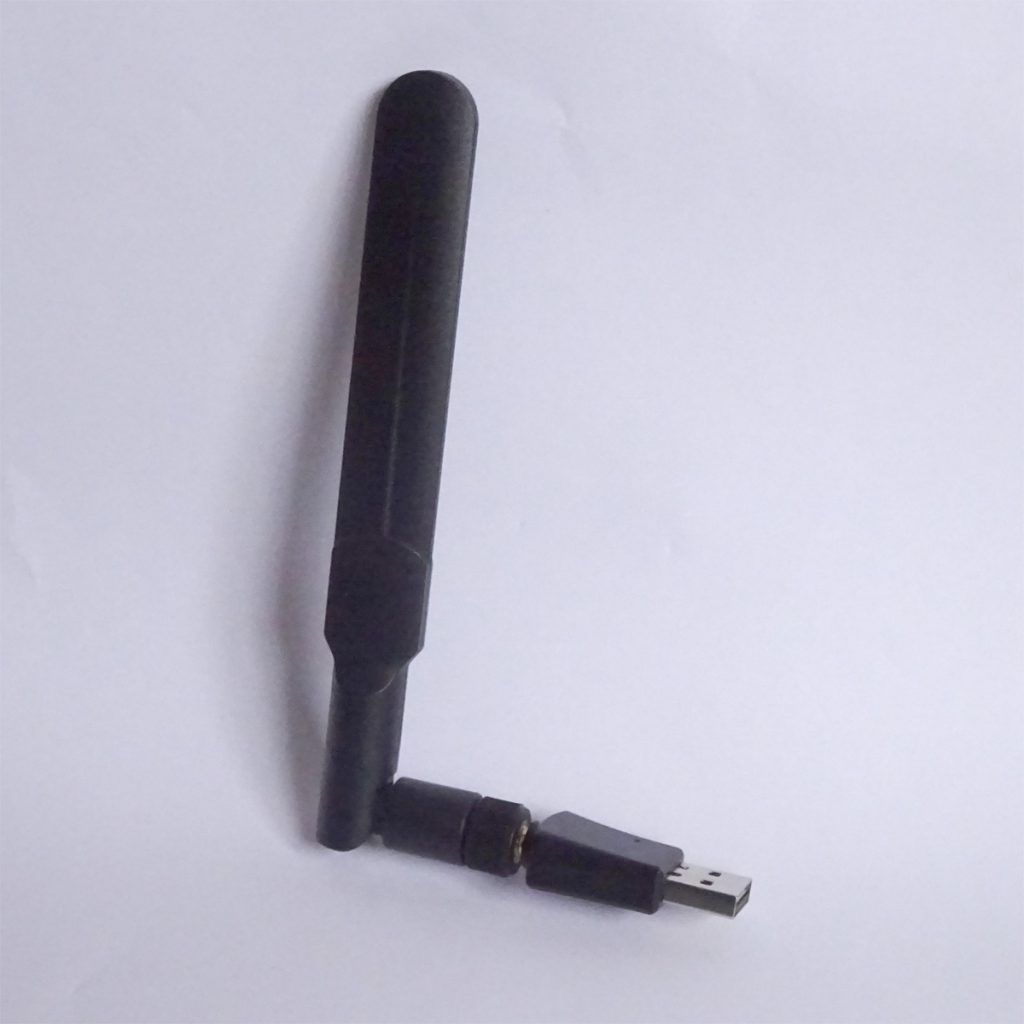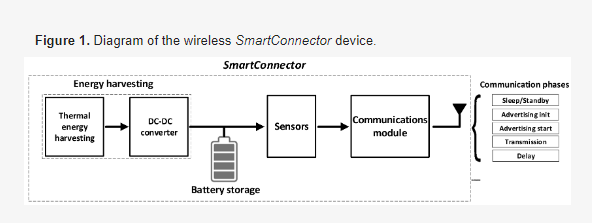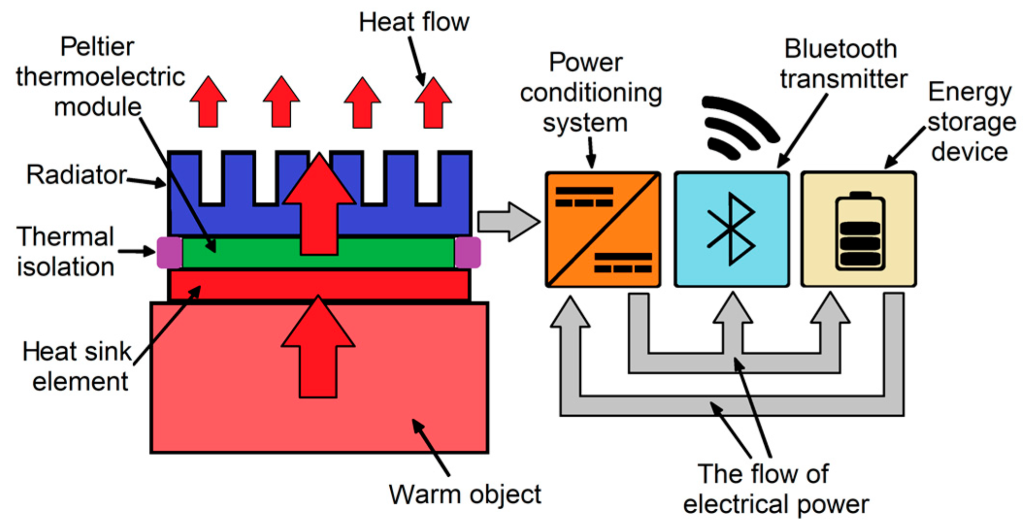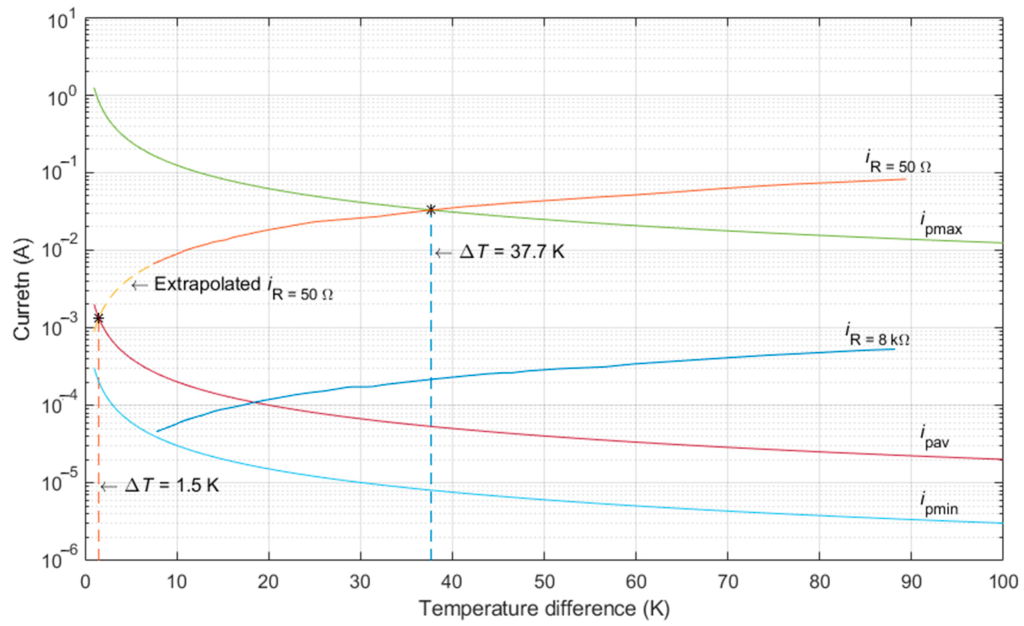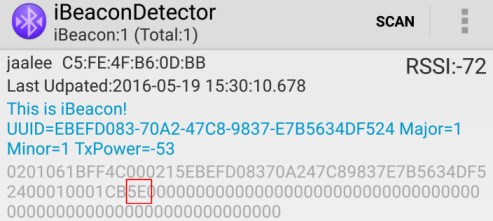When deploying Bluetooth beacons for your project, it’s tempting to opt for less expensive models with smaller batteries. However, this short-term savings approach can lead to significant long-term costs and operational headaches. By spending more upfront on beacons with larger batteries, you can dramatically reduce the time and expense associated with battery replacements over the life of your deployment.
The capacity of a beacon’s battery, measured in milliamp-hours (mAh), directly impacts its operational lifespan. Let’s compare some common battery types used in beacons:
- CR2032: 250 mAh
- CR2450: 500 mAh
- CR2477: 1000 mAh
- 2 x AA Lithium: 3000 mAh
A beacon using a CR2032 battery might last about 1-2 years, while one with a CR2477 could last 3-4 years under similar conditions. However, beacons with larger batteries, such as those using 2 AA lithium batteries, can last significantly longer, potentially up to 3-4 times the lifespan of a CR2477-powered beacon.
Consider a scenario where you’re deploying 1,000 beacons in a large facility:
Scenario 1: CR2032 Beacons
- Initial cost: £10 per beacon
- Battery life: 1.5 years
- Replacement frequency: Every 18 months
- Labour cost: £20 per beacon replacement
Over a 5-year period:
- Initial investment: £10,000
- Replacements: 3 times
- Total replacement cost: 3 * (1000 * £20) = £60,000
- Total 5-year cost: £70,000
Scenario 2: AA Lithium Beacons
- Initial cost: £25 per beacon
- Battery life: 4.5 years
- Replacement frequency: Once in 5 years
- Labour cost: £20 per beacon replacement
Over a 5-year period:
- Initial investment: £25,000
- Replacements: 1 time
- Total replacement cost: 1 * (1000 * £20) = £20,000
- Total 5-year cost: £45,000
In this example, despite the higher initial cost, the beacons with larger batteries save £25,000 over five years, a 35% reduction in total costs. Put in your own labour cost to determine your actual calculation.
Beyond the direct cost savings, longer-lasting batteries offer several other advantages:
Reduced Operational Disruption: Fewer battery changes mean less interruption to your beacon network’s functionality and less disturbance to the environment where they’re deployed.
Lower Environmental Impact: Using fewer batteries over time reduces waste and the environmental footprint of your beacon deployment.
Improved Reliability: Beacons with larger batteries are less likely to fail due to power issues, ensuring more consistent performance of your location-based services.
To maximise the benefits of larger batteries, consider:
- Adjust Transmission Power: Lower the transmission power if the full range isn’t needed, significantly extending battery life.
- Optimise Advertising Interval: Increase the interval between broadcasts where possible. A 600ms interval is often sufficient for smartphone detection, while gateway detection can use even longer intervals.
- Use Sleep Modes: Implement sleep modes during off-hours to conserve power, especially in locations with set operating hours.
- Strategic Placement: Position beacons in areas with minimal interference to reduce power consumption needed for reliable transmission.
While the upfront cost of beacons with larger batteries may be higher, the long-term savings in both time and money make them a wise investment. By reducing the frequency of battery replacements, you not only save on direct costs but also minimise operational disruptions and improve the overall reliability of your beacon network. When planning your beacon deployment, consider the total cost of ownership over the project’s lifespan, and you’ll likely find that spending more initially on higher-capacity batteries pays off handsomely in the long run.
